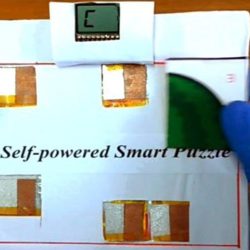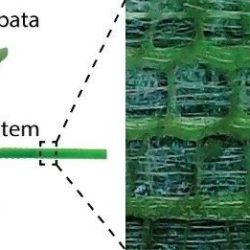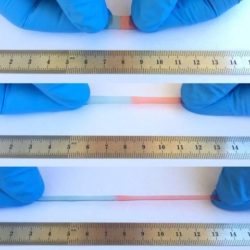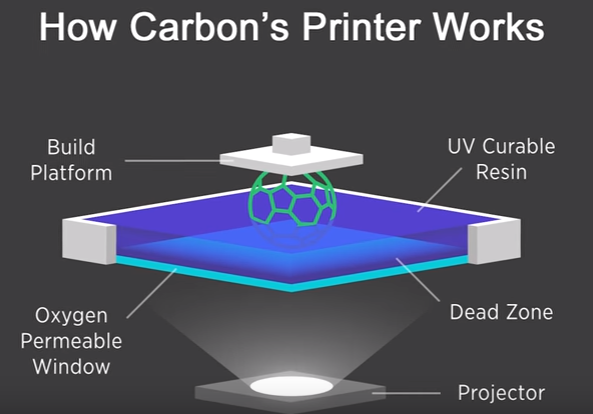Self-powered smart toys
The greatest challenge in entertaining young children is keeping their toys powered up. Now, one group reports in the journal ACS Sustainable Chemistry & Engineering that they are one step closer to battery-free interactive games. According to the American Academy of Pediatrics, 97 percent of children in the U.S. under the age of 4 have had some Read more about Self-powered smart toys[…]



